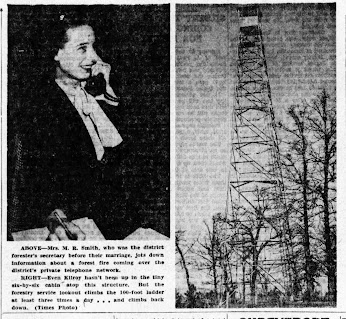Two years later, Louisiana Legislature established "Airline College," an experimental pilot program to be set up in Airline High School with space, teachers, and provisions for college students. In the fall of 1967, nearly 100 students enrolled in its initial session, which offered English, mathematics, science, history, business subjects, foreign languages, speech, and physical education. Students could take up to 18 credit hours per semester with the ability to transfer those credits to other higher learning institutions in the state that the Louisiana State Board of Education also governed.
When the program opened, there was no official name, often referred to as Airline's 13th and 14th grades. But the students began calling it Airline Junior College. This pilot program made higher education affordable for locals with no tuition or registration costs; a full two years of study cost only $200, including books. The students only had to pay for laboratory fees, texts, and a student union fee. Financing for this experimental program came from the Bossier Parish School Board and the state giving Bossier students preferential treatment in registering.
College and high school students learned under one roof. Still, their areas were maintained separately, sharing only the cafeteria, library, and study halls. The second floor of the F wing of the high school was reserved for college classrooms, a student lounge, and faculty offices. By the first semester of the new year, the enrollment more than doubled, and so did the total number of college credit hours offered.
The experiment was to help determine whether or not to expand the program throughout the state in each metropolitan area in Louisiana. Doing so would make it possible for a large number of people in the state to have access to at least two years of college courses. Only one other community college was developed from this experimental pilot program; the St. Bernard Community College in Chalmette, known as Nunez Community College, today.
The name officially changed to Bossier Parish Community College in 1973, separating from Airline both in name and leadership. Initially, the Airline High School Principal, Bob Horneman, also served as the college dean. But when the name changed, Dr. Douglas Peterson was appointed as dean. Peterson had been the long-time band director at Airline and was the assistant principal for a short time before accepting the position as dean.
After 10-years, and with more than 2,000 students, plans were underway to construct a two-story building to house the college's growing needs. Luckily, the college had opened for night classes in 1972, which helped relieve some of the daytime congestion as enrollment at Airline High School grew just as quickly with 1,400 students. Nonetheless, congestion was a real problem at the High School with that many students.
Besides space, the college had another problem. The college still did not offer a degree. While credits were transferrable to institutions governed by the Louisiana Board of Trustees, only a few credits were accepted by the Louisiana State University system. Just as plans were in the works for a building, efforts were also in motion for the college to have the authority to grant associate degrees by the fall. Doing so would open the door to becoming accredited by the Southern Association of Colleges and Universities.
1980 was a momentous year for the college because they finally were granted the ability to confer degrees and held their first graduation ceremony that spring. The first graduating class had eight people in it. The associate's degrees conferred were in business administration, office administration, and law enforcement. That fall, the college finally graduated from high school, so to speak, when the new college administrative and classroom building was completed on property adjacent to Airline High School.
What started as an experimental pilot program led to a full-fledged community college. Bossier Parish Community College now offers over 50 Associate degrees within six academic divisions. They also offer certificates in various technical studies, technical diplomas, and career and technical certificates. The college has continued to grow and now has a sprawling campus located at 6220 E. Texas Street with approximately 7,000 students enrolled.
Learn more about the history of local schools by visiting the Bossier Parish Libraries History Center, your leading source for local history. We are adjacent to the Central Library branch at 2206 Beckett Street, Bossier City. Whether you want to learn about local history or research your family history, we are here to help.
By: Amy Robertson










